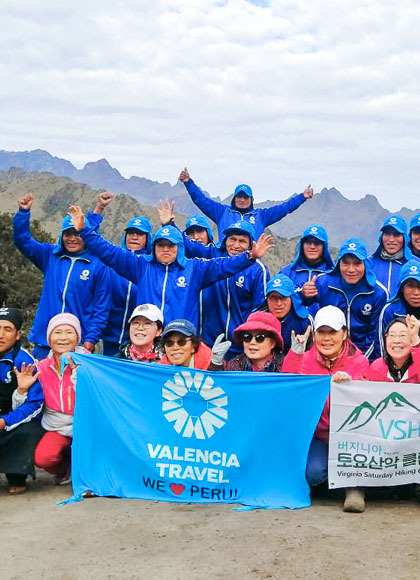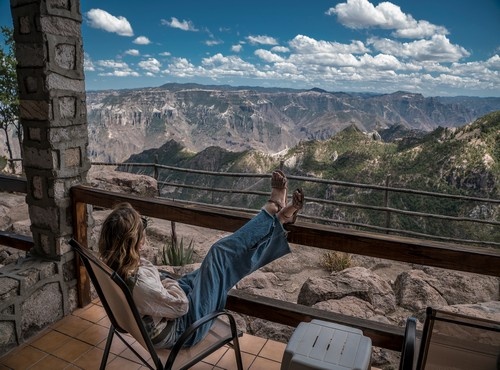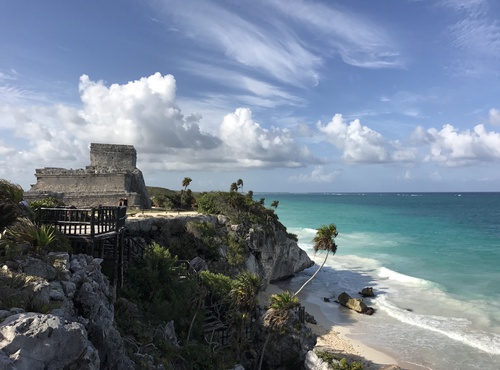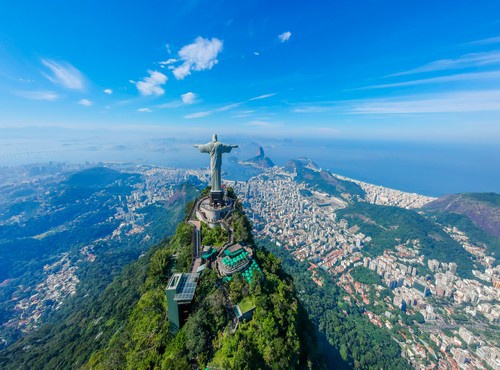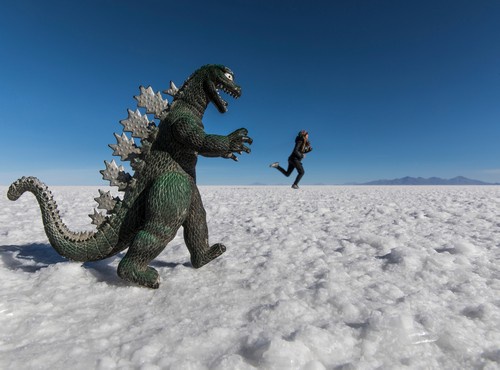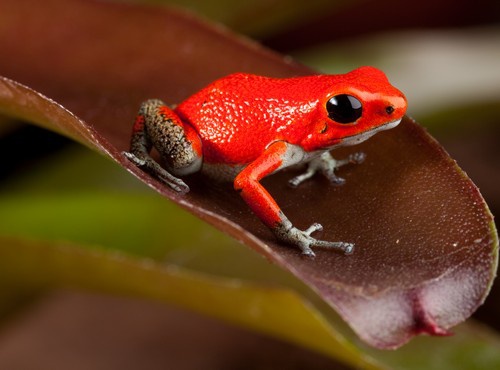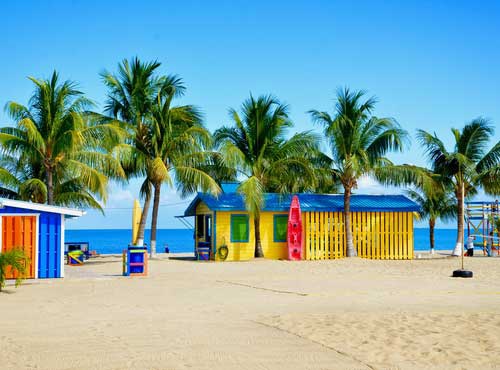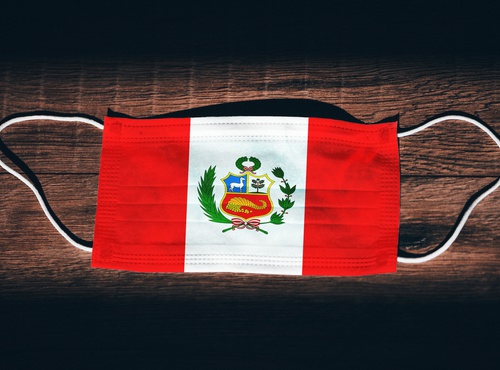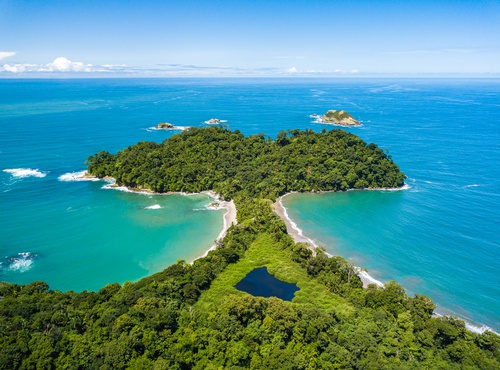
Written by:undefined undefined
Published: 26-05-2022
Panama is blessed with remote islands, Indigenous communities, lush rainforests, cosmopolitan cities and two coastlines to explore, Panama is small but packed with exciting things to do on your vacation. The country experiences trade winds, meaning a tropical downpour will come with the territory.
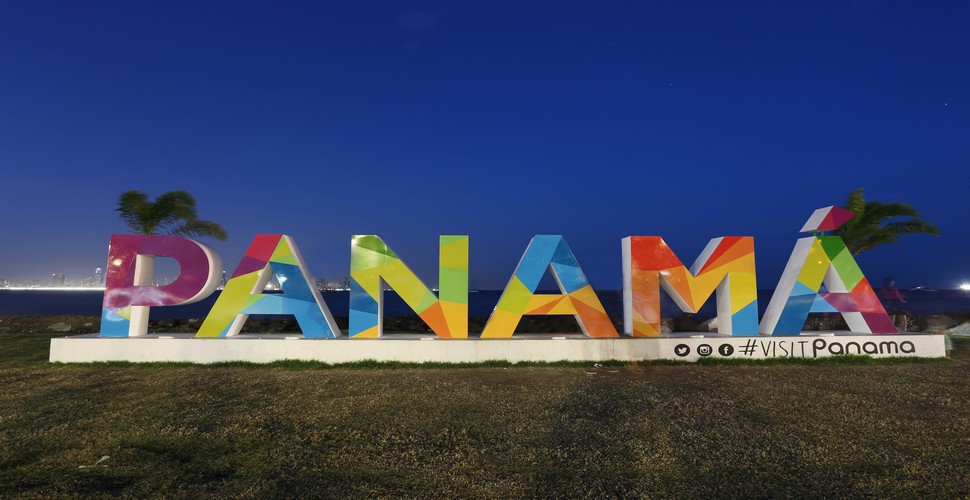
Panama Sign
Activities play a crucial part in when you should decide to visit Panama. If you want to bask on the fabulous beaches or trek into the rainforest, the dry season from December to April is the best time to visit. Surfers flock to Panama during the rainy months from April to December, when the best waves are unleashed along the coastal regions. Divers and wildlife spotters head there between August to September, when humpback whales, sharks, and orcas congregate off the Pacific coastline.
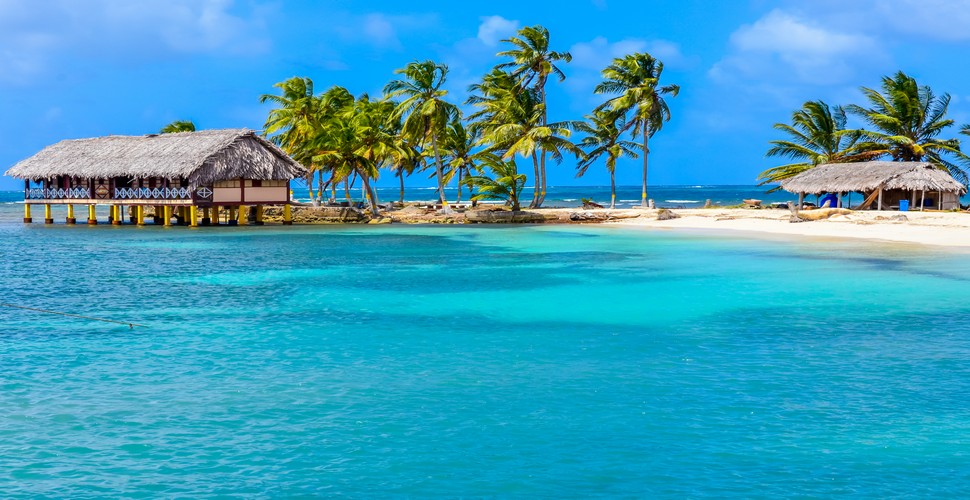
Pristine Beaches
Many locals would say Panama has two climates, one for the Caribbean and one for the Pacific. A visit to the Caribbean Coast can be a soggy experience at any time of year, though the sun usually appears in the morning and afternoon. The Pacific Coast sees sunny skies and high-season prices during the dry season from December to April when hordes of sun-seekers flock south from the USA. Bear in mind the impact of Panamanian national holidays. Day-to-day life halts for bank holidays such as Independence Day in November, Easter and Christmas.
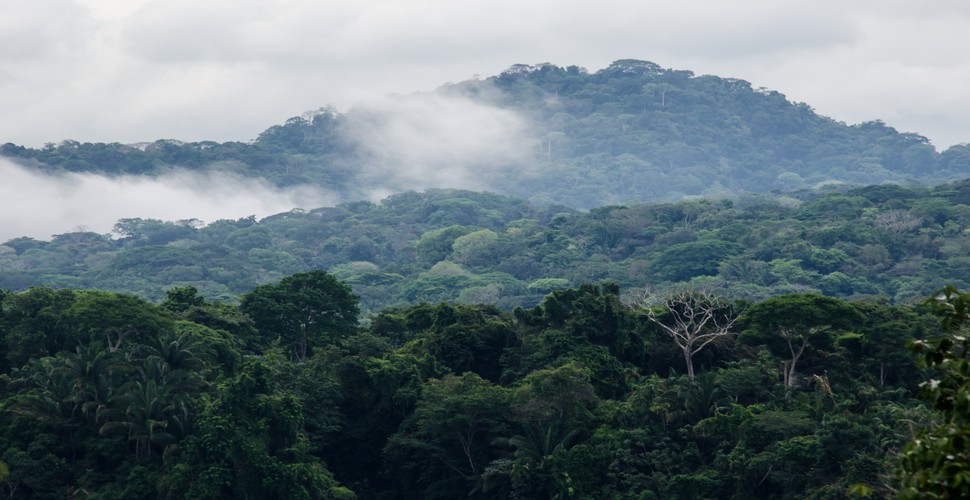
The rainy season, Panama
High season
Panamanians go all out for fun during festivals and festive Christian days, so the holidays are always a lively time to visit. Locals flock to the coast in big family groups, and beaches can be packed. If you are traveling at this time of the year, arrive early to claim your patch of sand. Plan your travel well ahead of time for any public holiday, and remember that hotel prices can rise to double the average rate, and transport is often booked out weeks in advance.
Panama is warm year- round but temperatures reach even higher from December, peaking around Easter with highs of 32ºC (90F). Plan to be near the ocean or a refreshing waterfall if you visit in March or April.
Easter coincides with Spring Break, when North American students arrive on mass, adding to the demand for accommodation and transport.
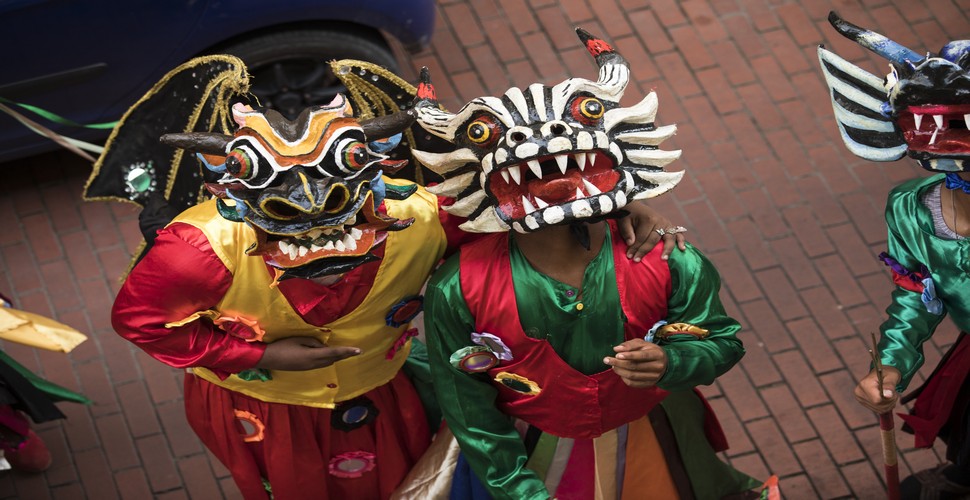
Festival time
Shoulder Season
“Shoulder” season is the best time for dry weather (mid-December, mid-April) in Panama, which is the prime time to visit Panama. High-season is during the dry season, but you’ll have to share the experience with thousands of other visitors. Local and international visitors from Christmas swamp beach areas through to Easter. Savvy travelers mix up time on the coast with trips to explore the rainforests inland. “Dry season” is a relative term in Panama. While the Pacific Coast, Panama City and anywhere south of the continental divide basks under sunny skies, the highlands and Caribbean Coast still get rain showers.
This is the peak time for hiking in Boquete and exploring the San Blas Archipelago, but the wind can reduce visibility for snorkellers and divers.
With the influx of winter sun-seekers, expect lots of competition for rooms, transport and space on the beach all over Panama. Prices are high everywhere, and hotel rates are in the range of the festival season throughout the dry season.
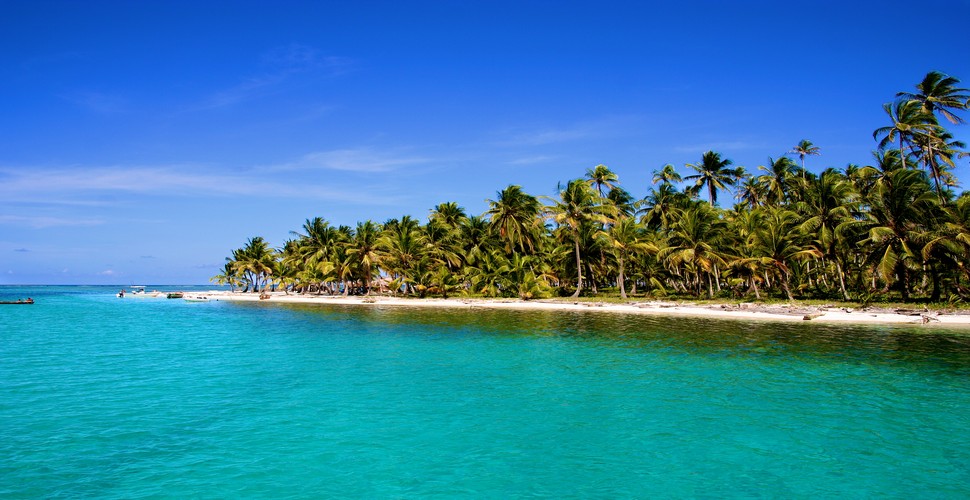
Shoulder season, Panama
The off-season
The off-season draws travelers looking for a better deal (mid-April - early December)
The rainy season is the quietest and cheapest time to visit Panama, but be prepared to get wet! There are regular rain showers, some of them heavy downpours, but it doesn’t usually rain all day, every day, so you can still catch some rays of sunshine.
This time of the year, it is a good idea to travel strategically. The rain can be unrelenting in late October and November, so it pays to be based somewhere with indoor activities. On the flip side, crowds are non-existent, and prices are much lower across the country. September and October are the driest months to visit the Bocas del Toro islands.
The rainy season coincides with the best waves on the Pacific and Caribbean coastlines, attracting plenty of surfers. August and September are also the prime months to visit Parque Nacional Coiba and The Pearl Islands to see sharks, whales or orcas.
Scuba-diving is a year-round activity, even during the rainy season, but land-based activities can be trickier. During the rainiest months, travel can be almost impossible in certain highlands regions.
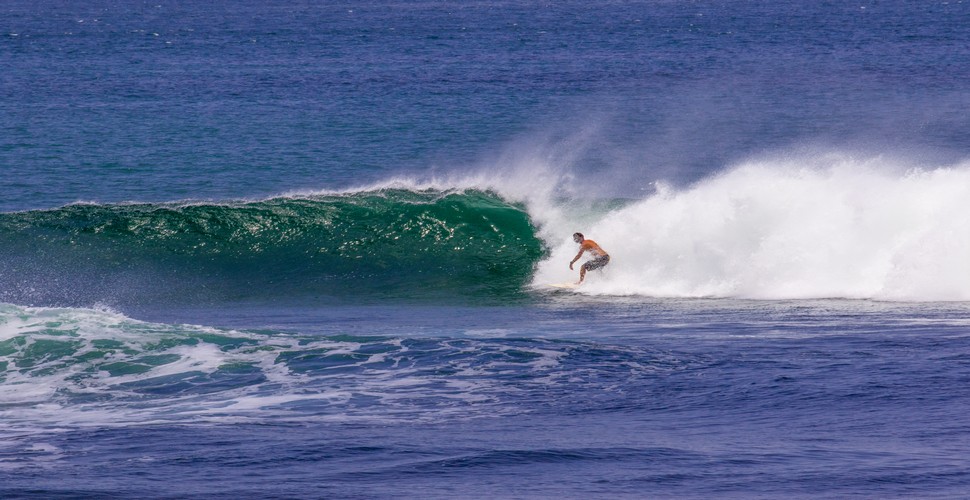
Surf season!
Month by Month
Here's a monthly guide to what you can expect throughout the year in Panama.
Hit the beach in January
With the dry season and tourist season at their peaks, this is a big month for travel in Panama, particularly along the coastal areas. The weather creates excellent conditions for kitesurfing, with Pacific temperatures at their warmest and constant breezes along the coast. The mountain town of Boquete is filled with people and blooms for its flowers and coffee festival.
Significant events include; The Flower and Coffee Festival in Boquete, Panama Jazz Festival, and Panama Fiesta del Mar.
February is the busiest time of the year.
Warm, dry weather means an influx of travelers to the Pacific Coast and the Caribbean Coast. Depending on when Ash Wednesday falls, February can be one of the busiest times as the Carnaval rolls into Panama City.
Significant events: Carnaval, Panama City Festival begins on the Friday before Ash Wednesday, which could be February or March. Festival de Diablos y Congo’s, Portobelo.
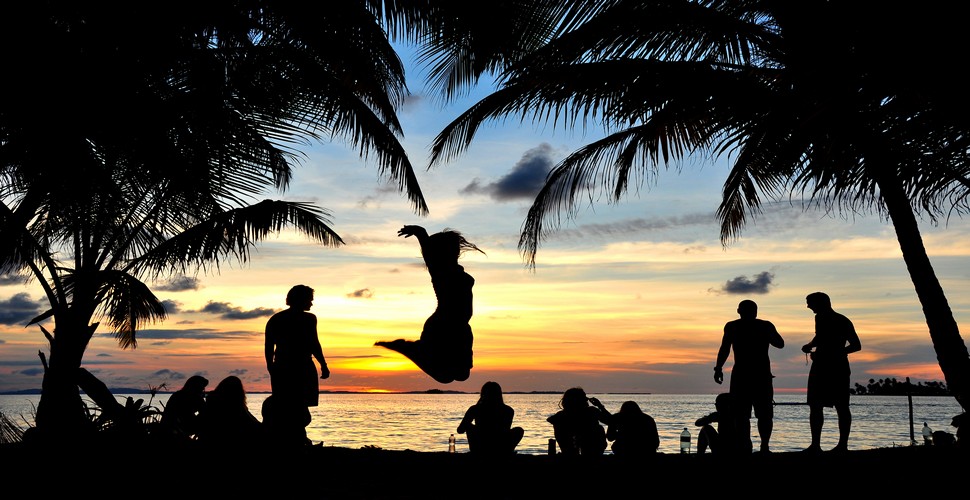
Beach parties in Panama
Go surfing in March
The high season is winding down for sun-seekers, but this is still a good month for surfing on Pacific and Caribbean coastlines. If Easter falls in March, things get busy for the Semana Santa celebrations.
Major events: Feria Internacional de David in Chiriquí Province
April is perfect for budget travelers.
April is the last dry weather, and temperatures start to fall to more comfortable levels. If Easter falls in April, crowds will hang around for the Semana Santa processions and re-enactments of the crucifixion held all over the country. As April rolls on, tourist numbers reduce, meaning lower prices and less competition for space.
Significant events: Semana Santa (can fall in March), The Feria Internacional de Azuero, La Villa de Los Santos
May is the turtle-watching season.
With sporadic, refreshing rain showers, the weather is mainly pleasant throughout Panama. May begins the five- to six-month nesting season for loggerhead and green sea turtles along the Caribbean coast.
Significant event: Labor Day
June is wet!
Humidity soars, and rain showers are more frequent, with regular thunderstorms. Tourist numbers drop, and so do the prices, and the worst rains are still a few months away. Devils hit the streets for Corpus Christi, mixing Catholic tradition with Panamanian customs.
Significant events: Corpus Christi, La Villa de Los Santos
Escape the crowds in July
Though it's the middle of the rainy season, the weather is comparatively dry on the Caribbean Coast, though you’ll still see some rain showers most days. July is off-peak for visitors, so hotels offer better rates, and there’s good surf on the Pacific Coast.
Significant events: Fiesta de Virgen del Carmen in Santa Catalina, Fiesta de Santa Librada, and Festival de la Pollera.
Wildlife watching in August
The rains continue, but breeding humpback whales can be observed in Parque Nacional Coiba and The Pearl islands, along with sharks and orcas. Mid-month, Panama City celebrates its founding in 1519 with a stream of high-spirited events.
Major events: Panama La Vieja Day, Panama City; Festival Nacional del Manito Ocueño in Ocú
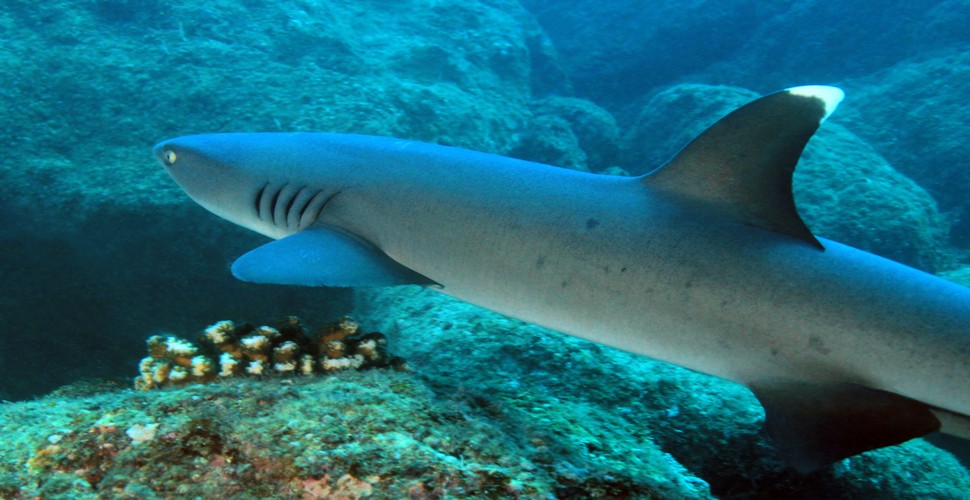
Diving and Snorkeling
Travel around the country in September
The rain showers start to disperse, particularly around Panama City. This is still low season, so it’s an excellent time to travel around the country without reservation. Bocas takes advantage of the dry weather to host a festival of the sea, with traditional music and a seafood feast.
Significant events: Feria Internacional del Mar, Bocas del Toro; Feria de la Mejorana, Guararé
Witness the Festival del Cristo Negro in October
This month, Panamanians celebrate regional fairs, such as Isla Tigre in San Blas. In Portobelo, the Festival of the Black Christ attracts thousands of devout pilgrims from all over the country to pay respect and party.
Major events: Festival of Nogagope, Isla Tigre; Festival del Cristo Negro, Portobelo, Festival del Toro Guapo, Antón
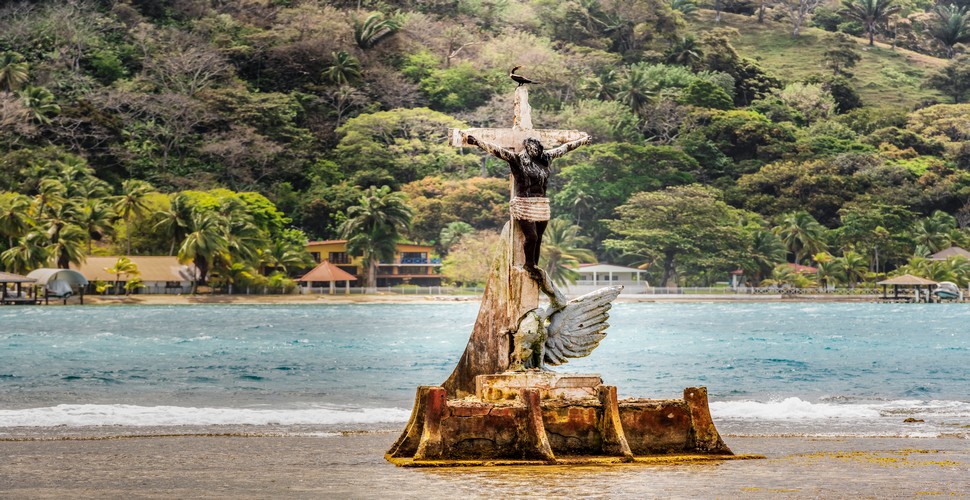
Cristo Negro
November is Independence Day
Don't expect to get much done in Panama in November as the country celebrates multiple Independence Day festivals from Spain and Colombia. Panama City appears like a ghost town as the beaches fill up, but there’s still plenty of rain, so expect a downpour at some point.
Significant events: Colón Day, Independence Day on the 28th of November
December is peak season.
Gearing up for the Christmas holidays impacts travel right through December. Locals move around the country in large numbers, and tourists flock in from all parts, particularly North Americans seeking winter sunshine. Christmas itself sees maximum demand and high prices.
Significant events: Christmas, New Year
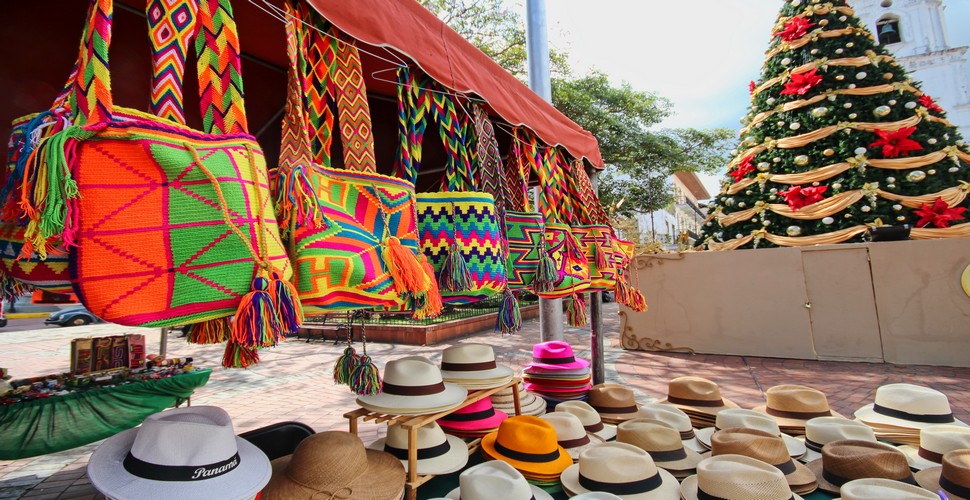
Panama Hats at Christmas






